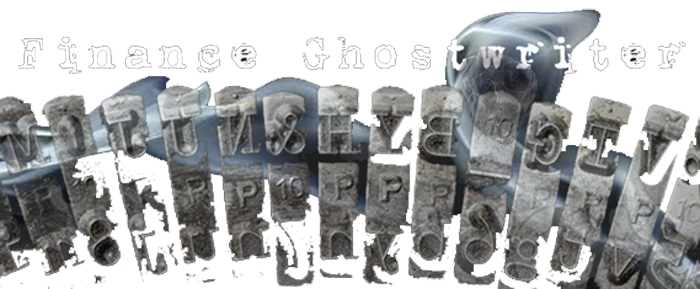
Graphics
 In order to clearly express financial concepts, tables and charts are essential. After all, a picture is worth a thousand words and nobody should write that much when a simple picture can do the work for you.
In order to clearly express financial concepts, tables and charts are essential. After all, a picture is worth a thousand words and nobody should write that much when a simple picture can do the work for you.
Not only do charts or other graphics aid in getting your message across, they act as attention getters to keep your readers engaged.
However, financial charts often require computer simulations and then reformatting or other transformations in Photoshop. They are time consuming, which is why most writers – ghostwriters included – make them disappear.
Below are some charts I created in Excel in a matter of minutes to give you an idea of the added information, clarity, and beauty they can add to your work.
Samples
Figure 1: A computer simulation of a $100 stock with 20% volatility over the course of one year (250 trading days). It clearly shows that after thousands of trials, the stock price is expected to remain within three standard deviations, or between $40 and $160.

Figure 2: A simple pie chart showing sales by region:

Figure 3: A simple area chart:

Figure 4: A simple cluster bar chart:

Figure 5: A stacked bar chart showing the differences between simple interest and compound interest for a $1,000 deposit at 5% over 30 years.

Figure 6: A bell curve showing the first, second, and third standard deviations (20% volatility).

Figure 6: 3-D bar chart showing sales by region:

